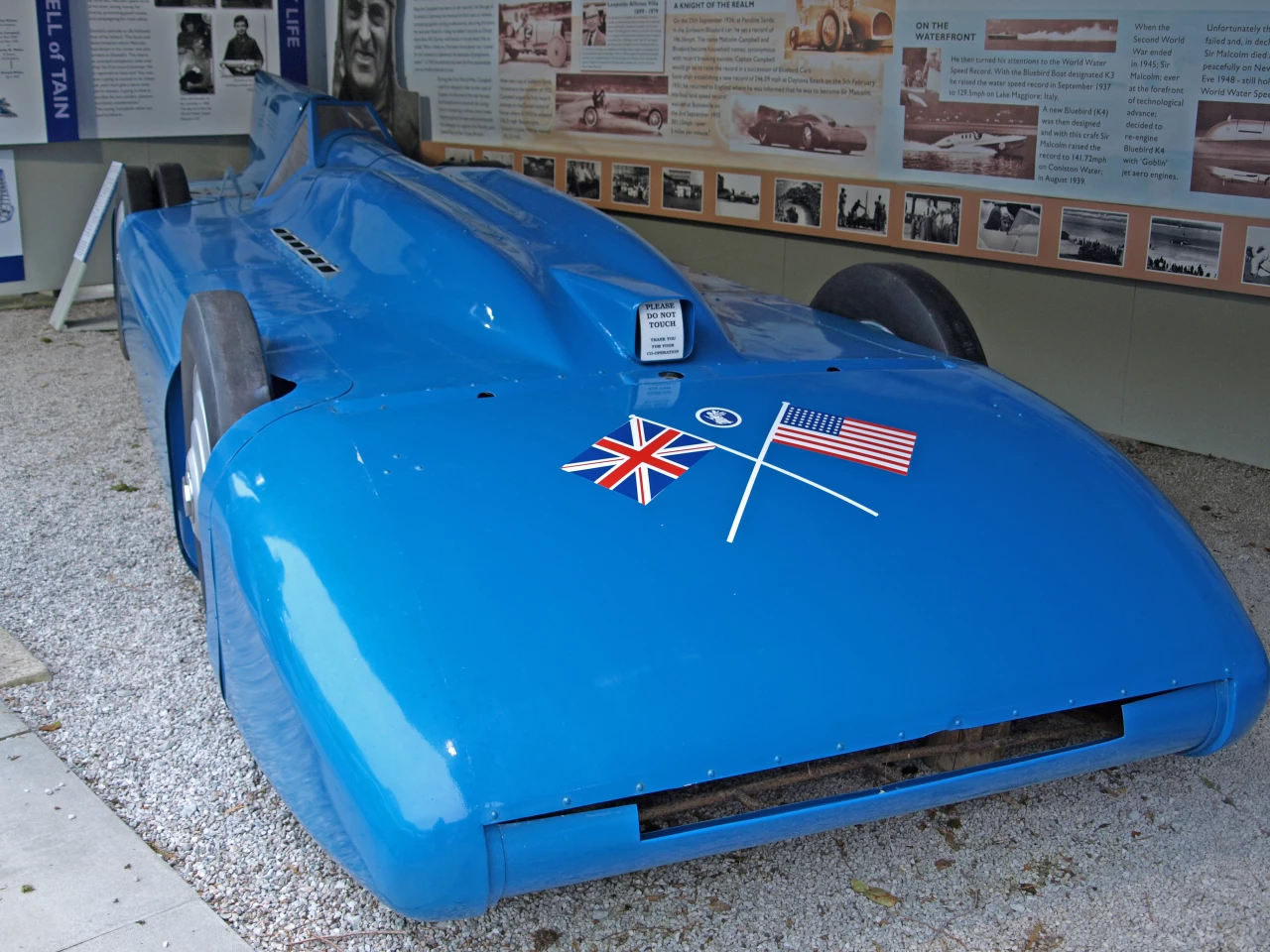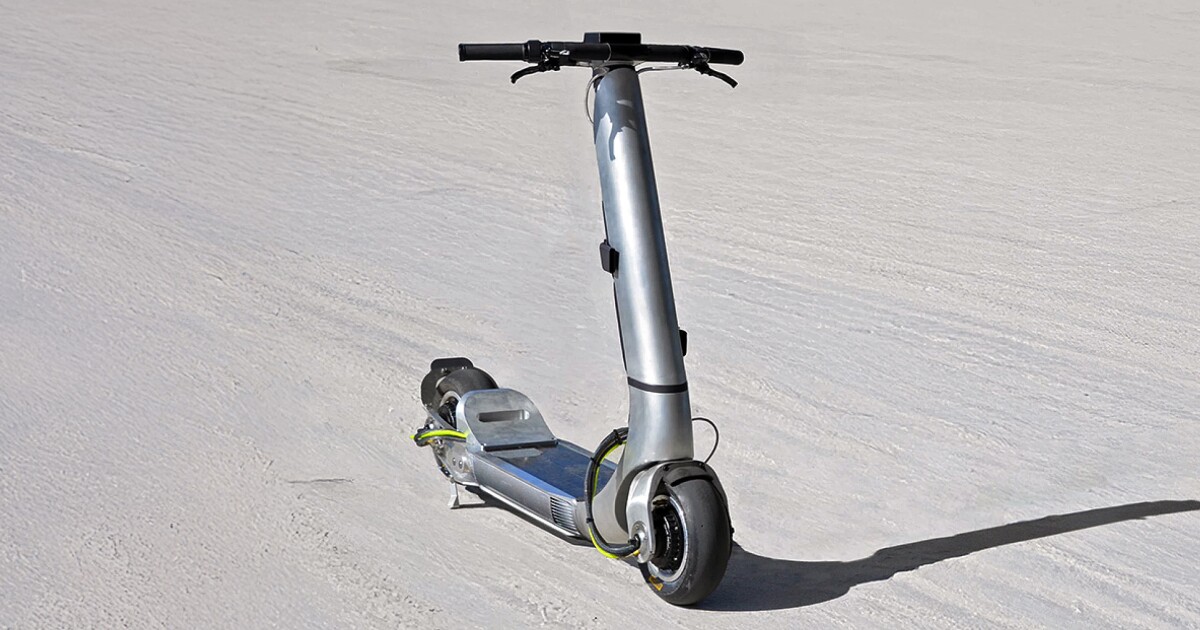Bo’s bread and butter for the last two-or-so years has been the Model-M – a super sleek, aluminum unibody electric kick scooter built by an ex‑Williams Formula One engineer. A 400-watt motor gives it a 16-mph (25-km/h) top speed and a respectable 25-mile (40-km) range. It’s quite a looker, if I’m honest. Good enough to hang on the wall as an Art Deco piece. But it comes with a US$2,000 price tag for the most basic version.
Double that price if you want the baller version that does 22 mph (35 km/h) with a 40-mile (60-km) range in “bespoke chrome.” But how do you put a price tag on art?
Last month, we wrote about Bo turning the basics of the Model-M into a potential 100-mph (160 km/h) beast called the Turbo: dual hub motors with a 300–amp peak current, an 88-volt, 20.4-Ah battery pack, and F1-inspired ducting with ram air for heat management. All the juicy details are in this article.
Now, Bo wants to set an official world record. The Turbo has already hit 85 mph (135 km/h) at the historic Goodwood Motor Circuit in West Sussex, England, but that’s not enough.
E-scooter Bo Turbo
According to Wired, Bo stated that the company was planning to slug the Turbo to the salt flats of Utah for the famed Bonneville Speed Week.
I haven’t seen any official news confirming the company has made it or has entered – even after poking around on Speed Week’s results list so far – but I have seen recent images of the Turbo on the salt flats, leading me to believe we may see a ludicrous kick scooter speed record in the coming days.
The 4,000-square-mile (10,359-sq-km) Bonneville Salt Flats have been on the automotive map since 1935, when Sir Malcolm Campbell, driving a custom land-speed car called the Bluebird V – a 27-ft-long (4.17-m), 36.7-liter, Rolls-Royce R V12-powered streamliner, cranking out a mere 2,300 horsepower – made an average speed run of 301.129 mph (484.6 km/h), making him the first person to ever crack the 300-mph (483-km/h) mark on land.

Creative Commons
In 1949, the Southern California Timing Association held the first Speed Week event and has been organizing it every year since then, usually towards the beginning of August when the weather gods shine down on the eight-mile sodium chloride surface – yep, the same thing as table salt – giving the racers the best possible surface in their attempts to set speed records.
The FIA and FIM manage the rules for the cars and motorcycles, while the SCTA governs the rest: Two passes, one in each direction (typically within an hour), and the average speed of both passes equals the official speed recorded. The two-pass rule going both directions takes away the potential for wind or track conditions to make or break a run.

New Atlas
Motorcycles, cars, and “quirky” vehicles alike all compete against the clock.
We’re talking stuff like a 208-mph (335-km/h) Volkswagen Jetta, a custom trellis frame with two Ducati engines powering it, a 96-mph (154-km/h) lawnmower … and in this case, a $30,000 electric kick scooter.
I’d love to meet the guy crazy enough to break the “one ton” mark on a scooter with 10-inch tires.
Souce: Wired
